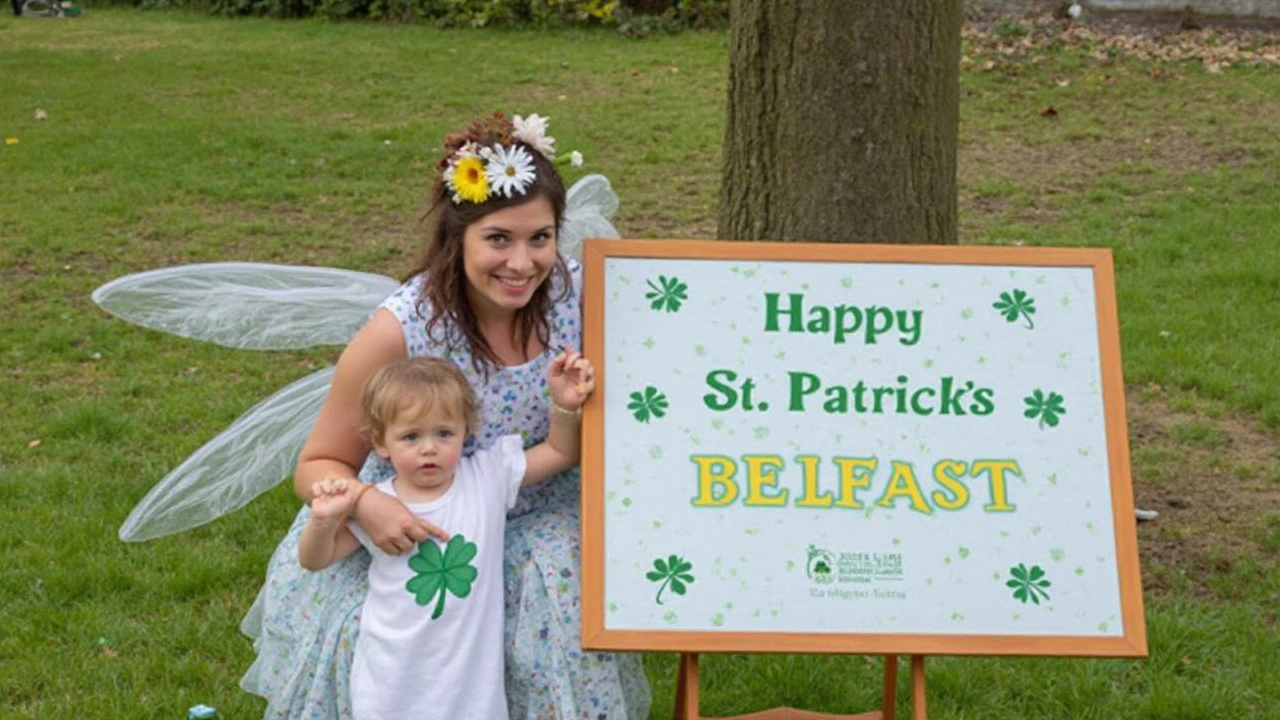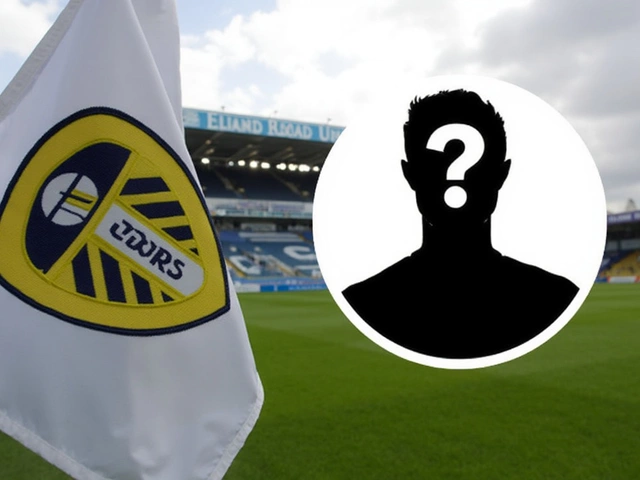Traffic Diversions: What You Need to Know
Ever been stuck behind a sign that says ‘Detour Ahead’? That’s a traffic diversion. It’s a temporary change in the normal road route, usually set up to keep traffic moving while work or an incident blocks the usual path. Knowing why they happen and how to react can save you time and stress.
Why Diversions Happen
Road crews use diversions when they repair potholes, lay new asphalt, or clean drainage. Accidents, fallen trees, or bad weather can also force a quick route change. Local councils and police set up clear signs, barriers, and sometimes traffic lights to guide drivers safely around the problem area.
Another common reason is big events – concerts, sports matches, or parades. The extra crowd can overwhelm normal traffic, so a diversion keeps the main roads clear for emergency vehicles and public transport.
Smart Ways to Deal With Diversions
The easiest trick is to check a navigation app before you leave. Most apps pull live data from road authorities and will suggest the fastest detour. If the app shows a delay, try an alternative route that stays on familiar roads.
Don’t ignore the signs. They’re placed to protect you and other drivers. If a diversion leads you through a residential area, drive slower and watch for pedestrians, cyclists, and parked cars.
Give yourself extra time. A diversion can add several minutes to your trip, especially if it forces you onto smaller streets. Planning for that buffer means you won’t be late for work or appointments.
Stay calm and avoid rushing. Speeding through a detour often leads to accidents or getting pulled over. Remember, the goal of a diversion is to keep everyone safe while the main road gets fixed.
If you’re a regular commuter on a busy route, consider signing up for local traffic alerts. Many city councils send text or email updates about planned works and expected diversion times.
Sometimes diversions are only in place for a few hours, but other times they last days or weeks. Check the signage for an end date or a contact number if you’re unsure how long the change will stay.
Finally, be courteous to other drivers. Let slower traffic merge, use your turn signals early, and keep a safe distance. A little patience goes a long way when the road isn’t what you expected.
Traffic diversions may feel like an inconvenience, but they’re a practical solution that keeps roads open and safe. Knowing the reasons behind them and using simple planning steps helps you get where you need to go without unnecessary hassle.
Belfast St Patrick’s Day Brings Traffic Detours and Travel Changes
Belfast will experience significant traffic changes on March 17 due to St Patrick’s Day events. The city's events include the SPAR Craic 10K and a lively parade from City Hall. Motorists should avoid downtown to sidestep delays, with some streets closed or diverted. Public transport is recommended as Translink may alter routes. Accessibility arrangements include viewing areas and first aid stations.









